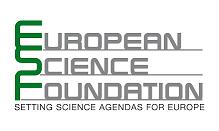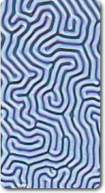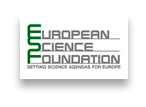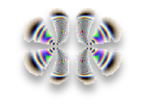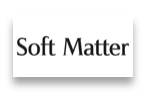Meeting strategy
The attendees
The profile of ESF Exploratory Workshops define these as small events (maximum 30 attendees, 1-3 days duration) open only to invited participants. This structure allows a focused discussion between a representative set of researchers. The participants should reflect European research faithfully, hence no single country must dominate the attendee list. In the organization, it has also been important goals for us to cover all relevant age categories, from young people taking their first steps as independent researchers to leaders of large groups with decades of experience, and to have adequate representation of the many excellent female researchers active across Europe.
In trying to meet these boundary conditions it is impossible to invite all excellent European researchers who could contribute beneficially to the workshop. We have tried to find a set of researchers who is representative of innovative European research on liquid crystal-related soft matter and who all demonstrate a high degree of excellence and originality, but many other constellations could have been possible. We make no claim of having identified 'the best' European researchers in the field, but we do believe that the attendees can all be counted as members of such a group.
About half of the speakers do not come from the core liquid crystal community but the problems they deal with are of great relevance for liquid crystal research and technology. We believe that all participants will find inspiration, impulses and new ideas by learning more from each other about today’s and tomorrow’s research devoted to liquid crystals, in their broadest possible definition.
In trying to meet these boundary conditions it is impossible to invite all excellent European researchers who could contribute beneficially to the workshop. We have tried to find a set of researchers who is representative of innovative European research on liquid crystal-related soft matter and who all demonstrate a high degree of excellence and originality, but many other constellations could have been possible. We make no claim of having identified 'the best' European researchers in the field, but we do believe that the attendees can all be counted as members of such a group.
About half of the speakers do not come from the core liquid crystal community but the problems they deal with are of great relevance for liquid crystal research and technology. We believe that all participants will find inspiration, impulses and new ideas by learning more from each other about today’s and tomorrow’s research devoted to liquid crystals, in their broadest possible definition.
The sessions
The meeting has been divided into five thematic sessions:
While care has been taken to define sessions that are diverse, ensuring a truly interdisciplinary meeting, they are not without overlap, potential as well as already existing. For instance, a most exciting recent development in the research in self-organized amphiphilic membrane nanostructures (session ii) is the creation of nanotubes with photovoltaic functionality (iv); future optic and electrooptic devices (v) may well utilise liquid crystal colloidal components (iii) or the new materials discussed in session iv; liquid crystalline membranes are of vital importance in biology (i) but they can also be the material of artificially created bubbles, tubes, foams and films.
- Liquid crystals in and from living matter and in medicine
- Drops, bubbles, tubes, foams and films
- Colloidal liquid crystals and liquid crystal colloids
- Liquid crystals for new functional materials, organic electronics and photovoltaics
- Liquid crystals in sensors, actuators and novel optic and electrooptic devices
While care has been taken to define sessions that are diverse, ensuring a truly interdisciplinary meeting, they are not without overlap, potential as well as already existing. For instance, a most exciting recent development in the research in self-organized amphiphilic membrane nanostructures (session ii) is the creation of nanotubes with photovoltaic functionality (iv); future optic and electrooptic devices (v) may well utilise liquid crystal colloidal components (iii) or the new materials discussed in session iv; liquid crystalline membranes are of vital importance in biology (i) but they can also be the material of artificially created bubbles, tubes, foams and films.
More than talks
Time for discussion has been allotted generously in the program. In addition to a 10-minute questions and discussion slot after every lecture, each session will be followed by a 30 minute summarising discussion. Moreover, three brainstorming sessions are spread out over the program and the workshop will end with a longer summarizing strategic discussion. The main purpose of these sessions is to establish concepts for follow-up research activities and/or collaborative actions, within or outside the framework of the European Science Foundation.
Our hope is that the workshop thus can, via these discussion sessions, function to plant seeds for successful future research networks, extending well beyond the constellation of researchers present at the workshop.
The full program of the workshop will be made available publically via this web site for download as a pdf file. Already now, several abstracts are on-line (click on the linked titles in the Speakers List or Program).
Our hope is that the workshop thus can, via these discussion sessions, function to plant seeds for successful future research networks, extending well beyond the constellation of researchers present at the workshop.
The full program of the workshop will be made available publically via this web site for download as a pdf file. Already now, several abstracts are on-line (click on the linked titles in the Speakers List or Program).
Background
The case for an exploratory workshop
Goals & prospects

Meeting strategy

The venue
LC Lab Bandol
The speakers
24 world-class scientists from eight European countries
The program
Titles and abstracts
The organizers

